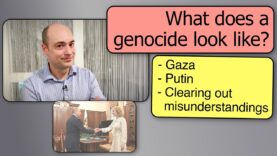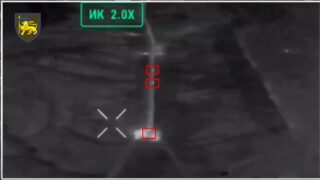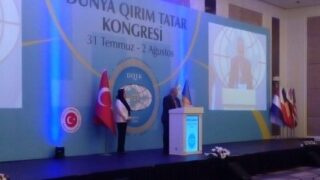What is a genocide?
Video Summary
In a world where the term “genocide” is often used loosely, understanding its true meaning is crucial. The term “genocide” is frequently associated with brutal atrocities against a civil population, but this is not always the case. A genocide is the intentional elimination of a group of people, not just a high number of civilian casualties. Intentionality is key, and it’s not enough to simply point to many civilian casualties as evidence of a genocide.
The concept of genocide is not just limited to physical elimination, but also includes actions that make a group’s existence or identity impossible. For example, forced relocations, forced assimilation, and the denial of basic rights can also be considered genocide.
The United Nations Genocide Convention, established in 1948, defines genocide as individual, concerted action, and intention is the key element. Intention to eliminate a group of people is required, not just producing a high number of casualties.
Two notable examples of genocide are the Holocaust and the Armenian Genocide, where the intention to eliminate a group of people was evident. In these cases, the physical elimination of the group was achieved through systematic killings, forced relocations, and forced assimilation.
In contrast, the situation in Gaza, where a high number of civilian casualties have occurred, is not necessarily a genocide. Similarly, the situation in Ukraine, where Ukrainian children have been forcibly deported to Russia, is a clear-cut case of genocide. In this case, the intention to eliminate the Ukrainian people is evident, not just a high number of casualties.
It’s essential to be cautious when using the term genocide, as it trivializes the gravity of the crime and can obscure the true nature of the situation. It’s crucial to understand the distinction between a high number of civilian casualties and a true genocide, and to reserve the term genocide for situations where the intention to eliminate a group of people is evident.
























